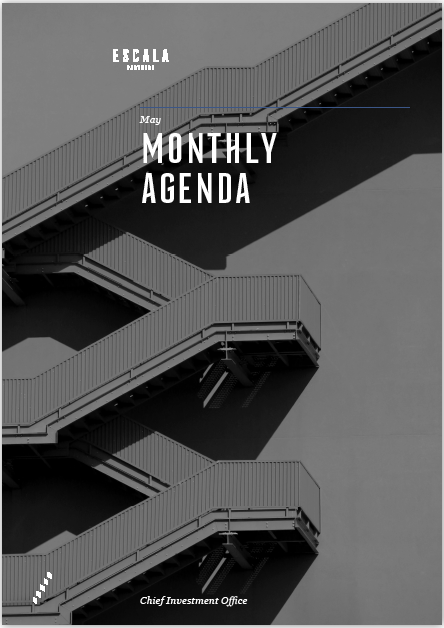-
Overview
One of the ironies of the current market is that investors appear to be rewarding the most indebted companies. In a classic ‘credit crisis,’ investors are so nervous they stop lending and the flow of money in the financial system comes to a halt. In today’s coronavirus crisis, investors are buying more loans from the companies with the lowest credit ratings and the highest leverage.
This likely means that this probably isn’t the crisis that is going to flush out whatever excesses have been building up in the credit market.
Chart 11: Leverage lives – Leveraged loans total return

Source: Bloomberg
One of the mainstays of the decades-long Treasury bond rally is fading. Foreigners hold just 37% of the marketable U.S. debt, the smallest amount since 2002. Central banks around the world have been selling their Treasury holdings to raise dollars. At the same time, the supply of Treasuries is rising in line with size of the U.S. debt. Concerns that China may reduce its stake might rise again as tensions with the U.S. grow. In the meantime, with the Federal Reserve such a large player in the market now, there doesn’t seem to be any problem selling record amounts of debt to fund the stimulus programs.
Chart 12: Foreign ownership of the US Treasury market

Source: Bloomberg
The most stark policy contrasts during this corona crisis is between the patient Chinese central bank (PBOC) and the extremely proactive US Federal Reserve. April saw China industrial output, retail sales and fixed asset investment shrink, even as the jobless rate soared to 6%. And yet, the PBOC shrank its balance sheet by quite a margin. The US is also seeing dire data, with the Fed responding by raising asset purchases at an exponential rate and highlighting a willingness to do more as needed.
Chart 13: China’s PBOC balance shrinks as the US Fed expands

Source: Bloomberg







